15 Things Your Dog Does That Might Be A Silent Plea

Dogs rarely throw tantrums. Instead, they start doing small, odd things just enough to make you wonder. At first, it feels random, but then a pattern starts to form. Those weird routines might be a message in disguise. Let’s walk through the signs that could matter most.
Excessive Paw Licking

A dog that licks its paws persistently may be signaling discomfort from environmental allergens or fungal infections that often hide beneath this behavior. Watch for redness or odor, and consider having a vet check for hidden inflammation or irritants.
Sudden Aggression While Petting
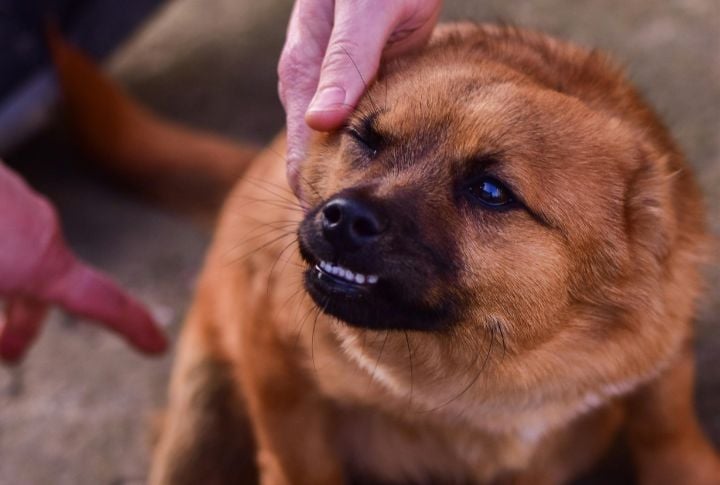
One minute, your dog accepts gentle petting, and then the next, a growl cuts the air. These quick shifts often signal hidden pain. For example, they can point to nerve pressure, joint inflammation, or even skin infections that need prompt attention.
Head Pressing Against Walls

A dog pressing its head against the wall might seem oddly meditative. Yet, that motion reflects a neurological disruption as a brain inflammation or poisoning may be in motion. This is a signal deserving immediate and advanced medical imaging and professional attention.
Loss Of Appetite
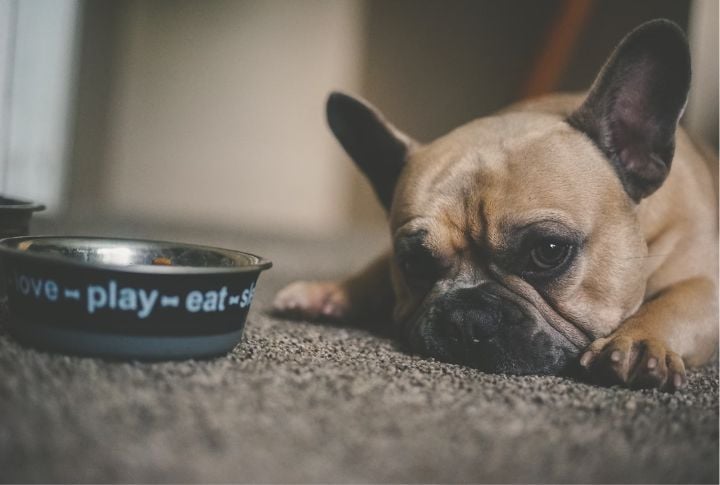
Appetite changes in dogs often start subtly. One day it’s slower eating, and next, food sits untouched. Behind that reluctance may lie dental abscesses or hormonal imbalance. Tracking intake helps spot warning signs early, especially for issues like kidney disease, gastrointestinal disorders, or chronic pain.
Excessive Panting At Rest
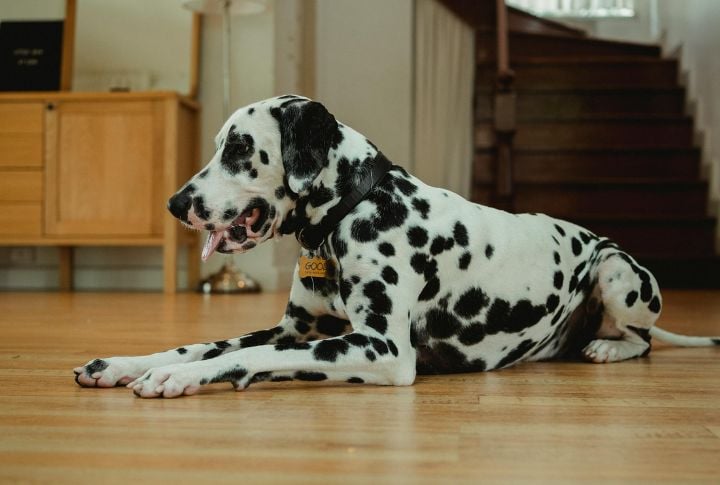
Take note when panting kicks in while your dog lounges because heat may not be the only reason. Heart strain or adrenal issues may drive this labored rhythm. Check the tongue color and breathing pace as you keep notes. If the behavior repeats, prioritize a professional evaluation.
Compulsive Circling

When circles become routine, it’s time for a full neurological and inner ear evaluation. Repetitive circling without reason, especially around the same spot, often reveals something neurological. Vestibular imbalance or even a brain tumor may be at play, so don’t confuse this with tail-chasing play.
Isolation Or Hiding

Dogs thrive on connection, so when yours retreats into closets or corners, something’s brewing. This withdrawal can stem from hormonal changes or even canine depression. Look beyond the physical space, as it can be an emotional distance, too.
Unusual House Soiling

A potty-trained dog that starts soiling indoors may be reacting to a urinary tract infection, cognitive decline, or rising stress. Pay attention to the location, frequency, and texture—these clues can help your vet pinpoint if it’s a medical issue or a behavioral change.
Reluctance To Be Touched

When affection turns into avoidance, your dog is telling you something matters more than belly rubs. Pain changes priorities, so watch carefully: Is it when touched in one spot? Or all over? This behavior may be about guarding something they can’t verbalize but need you to notice.
Excessive Drooling
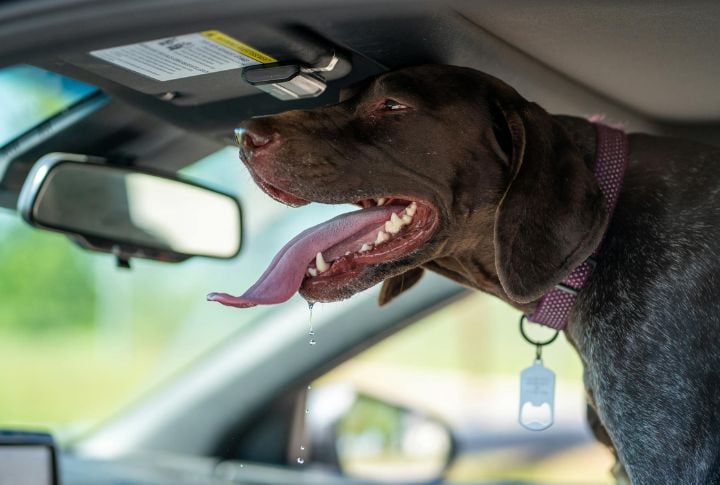
Saliva trials aren’t always tied to hunger. Dental decay or even gastrointestinal upset might provoke those dripping jowls. Look inside the mouth for ulcers or broken teeth. If the drooling starts suddenly or worsens fast, document it and bring that data to the clinic promptly.
Excessive Thirst
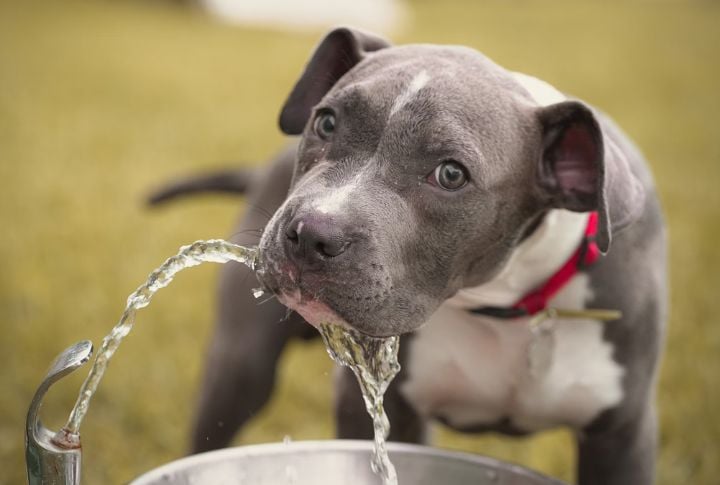
When thirst surges unexpectedly, your dog may be reacting to something internal, like a thyroid shift or early kidney strain. Count refills and notice if urination patterns change, but also consider recent medications; they can sometimes spike thirst as a side effect.
Excessive Barking (Focused On Sudden Increase)
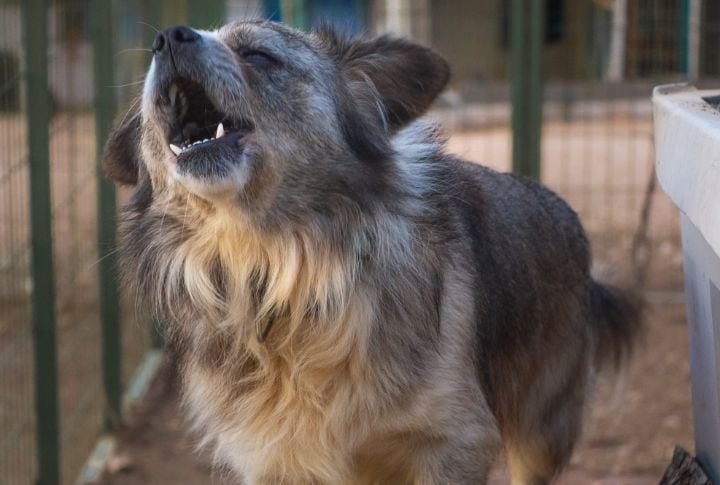
Sudden vocal bursts where there was once quiet are rarely random. New barking spells might reflect anxiety or sensory changes. Consider context—did you move furniture or shift routines? Your dog is simply alerting you in the only way they can.
Changes In Sleeping Patterns (Sudden Or Unusual Shifts Only)

Altered circadian patterns in dogs, whether excessive daytime sleep or sudden restlessness overnight, often signal deeper systemic imbalances. Conditions like endocrine disorders, pain, or age-related cognitive decline may disrupt their natural rest cycles and should prompt closer monitoring.
Excessive Digging Indoors

If your dog’s tearing up couch cushions or pawing obsessively at the carpet, stress may be seeping through their claws. Boredom or nesting urges drive this behavior. Offer more mental stimulation to minimize this behavior. If the habit grows, behavioral therapy or enrichment routines may help stabilize it.
Unusual Eye Movements

Keep a close watch when your dog’s eyes dart or lock unnaturally. These movements are often traced back to neurological issues such as vestibular dysfunction or encephalitis. Video the behavior and consult your vet before it progresses, as eye position and symmetry help direct diagnosis.






